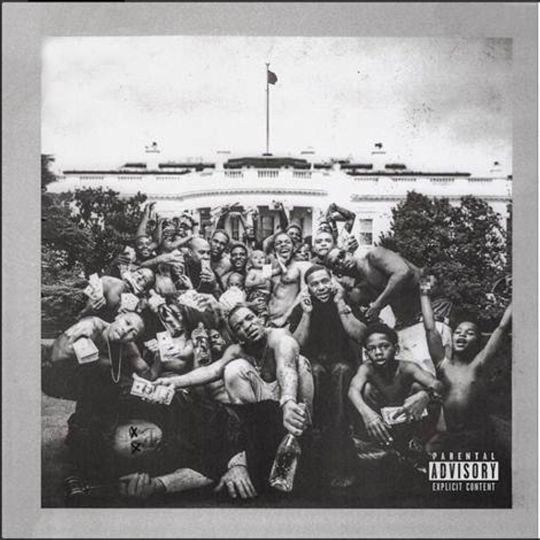
A Review of Kendrick Lamar’s To Pimp a Butterfly, By Haider Shahbaz
Hip-hopgave birth to an aesthetic that combined the concepts of
disruption and flow. Pioneering artists of the Bronx created rhythms that
flowed with ease while at the same time interrupted and broke open songs to add
layers and counterpoint to the ongoing emulsion of sound. DJs paused their cassette
players and rewound the beat multiple times to make breakbeats and record the
perfect breakdown. Early rappers had a stop-go technique—with sharp falls
between the bars/verses—that’s testament to the ubiquity of these breakbeats. Hip-hop
eschewed the values of harmony, synthesis, and climax—characteristics that provide
the basis for most forms of Western music, instead using loops, repetition, and
breaks to create a unique and contradictory style.
Kendrick Lamar’s new album, To Pimp A Butterfly, is a fitting tribute to hip-hop’s commitment to
disruption and flow and with the split makes for a layered interrogation of
society. Even on the cover art, the album’s disruptive intent is clear: a group
of jubilant black men and boys, including Lamar himself, stand on the lawn,
interrupting the view of the White House. The album seems to be taunting the
monolithic, homogeneous global order that works so hard to civilize, surveil,
and assimilate all dissent and difference.
The opening track, “Wesley’s Theory,” is a compendium
of clashing elements from the archives of Black diaspora culture. The title is
a reference to Wesley Snipes’ unsuccessful attempts at employing tax protestor
theories to save himself from imprisonment. The song begins with the crack and
hiss of vinyl, the beginning to a sample of the Jamaican Boris Gardiner singing
the heavy-funk anthem “Every Nigger Is a Star,” from the 1970s Blaxploitation movie
of the same name. Before the listener has a chance to settle into the sample, the
legendary Parliament singer George Clinton, interjects with an emphatic “Hit
me!” and the beat swiftly breaks into producer Flying Lotus’s psychedelic-jazz
arrangement, backed by horns and alto sax from Terrace Martin. And as if it
wasn’t enough to squeeze the vastly different Snipes, Gardiner, Clinton, and
FlyLo into the same song, Kendrick cuts the song midway through with a recorded
voicemail from Dr. Dre over a splat of cosmic chords that sound something like
Sun Ra’s lost tapes. After an upbeat outro, “Wesley’s Theory” gives way to a
sax cry reminiscent of Miles Davis’s flirtations with free jazz which opens to
the “For Free? Interlude,” a rap that sounds like a sped-up version of Ginsberg
or The Last Poets, accompanied by sparse and textured piano keys.
The spirit of disruption, the same break-and-flow
methods that define “Wesley’s Theory” and “For Free? Interlude” are spread
throughout the album. Despite the...
You have reached your article limit
Sign up for a digital subscription and continue reading all new issues, plus our entire archives, for just $1.50/month.
Already a subscriber? Sign in




